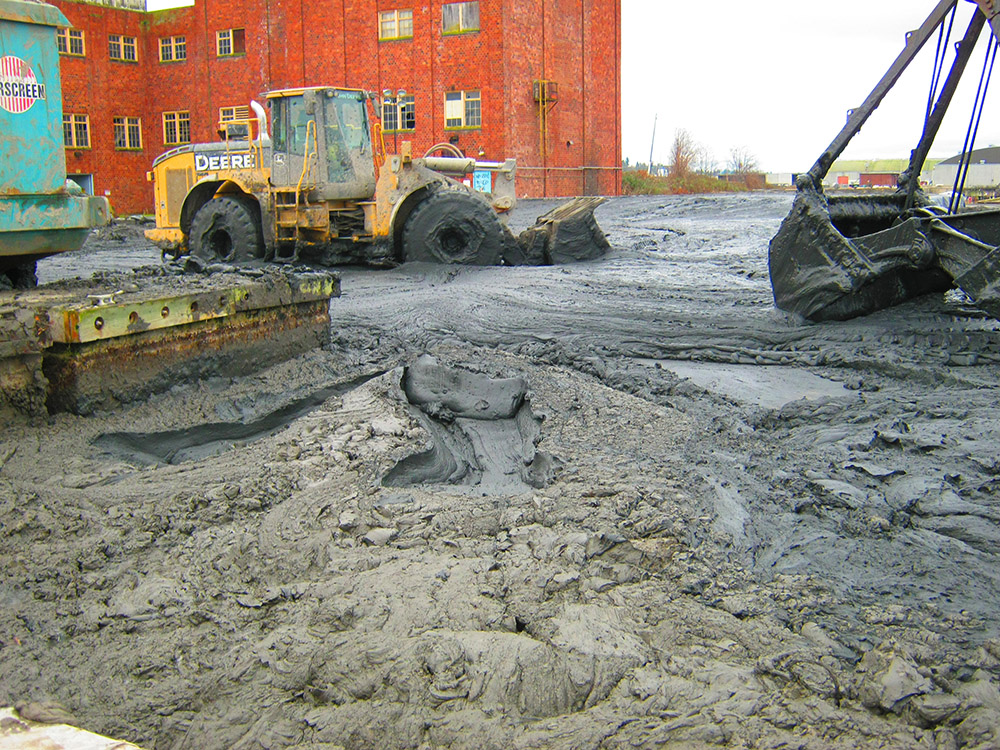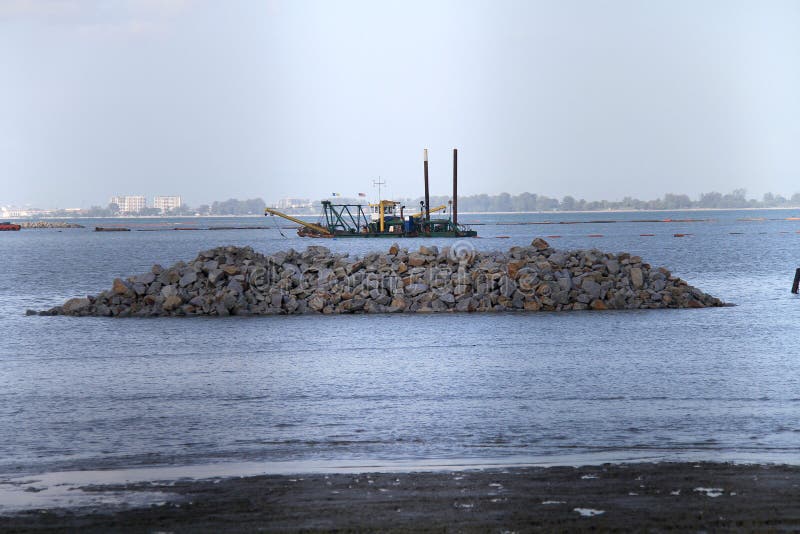


Can Geotech J 53(9):1376–1385Ĭheng Y-J, Tang C-S, Pan X-H, Liu B, Xie Y-H, Cheng Q, Shi B (2021) Application of microbial induced carbonate precipitation for loess surface erosion control. Can Geotech J 50(1):81–90Ĭheng L, Shahin MA (2016) Urease active bioslurry: a novel soil improvement approach based on microbially induced carbonate precipitation. Geomicrobiol J 38(8):709–718Ĭheng L, Cord-Ruwisch R, Shahin MA (2013) Cementation of sand soil by microbially induced calcite precipitation at various degrees of saturation. Appl Clay Sci 156:96–103Ĭhen Z, Fang X, Long K, Shen C, Yang Y, Liu J (2021) Using the biocarbonization of reactive magnesia to cure electrolytic manganese residue. Annu Rev Phys Chem 64:273–293Ĭardoso R, Pires I, Duarte SOD, Monteiro GA (2018) Effects of clay’s chemical interactions on biocementation.

Can Geotech J 52(11):1699–1713Ĭanchi DR, García AE (2013) Cosolvent effects on protein stability. J Clean Prod 51:142–161Ĭai G, Du Y, Liu S, Singh D (2015) Physical properties, electrical resistivity, and strength characteristics of carbonated silty soil admixed with reactive magnesia. This study is expected to provide informative insights into the application of new bio-mediated technologies for the efficient disposal of dredged sludge.īenhelal E, Zahedi G, Shamsaei E, Bahadori A (2013) Global strategies and potentials to curb CO 2 emissions in cement industry. The microstructure characteristics analysis revealed that the combined effect of cementation, filling and skeleton support from the mixture of brucite (hydration product of RMC) and HMCs (bio-carbonation products of RMC) was the primary contribution to the improvement of the physico-mechanical properties of the dredged sludge. The optimal formula in this study was the high bacteria concentration (OD 600 = 10.89) and medium urea content (2 M), while too high urea content such as above 2 M adversely affected the stabilization effect. Moreover, the stabilization performance was influenced by bacteria concentration and urea content. Every curing agent component was essential to the effective RMC bio-carbonation process and stabilization effect. The maximum penetration resistance of the bio-carbonized sample with 10% of RMC content and 2 M of urea content was up to 39.2 N after 48 h of curing, which was 130.7 times that of the raw dredged sludge sample and 1.7 times that of the Portland cement stabilized dredged sludge sample. Experimental and testing results showed that the proposed method was effective for the stabilization of the dredged sludge with 40% of high initial water content. The effects of curing agent components, bacteria concentration, urea content and curing age on the mechanical behavior of the stabilized dredged sludge samples were analyzed.
Dredged definition series#
A series of RMC bio-carbonation experiments, micro-penetration and direct shear tests were conducted to investigate the feasibility and stabilization performance of the method. Bio-carbonation of reactive magnesia cement (RMC) method was proposed for dredged sludge stabilization.


 0 kommentar(er)
0 kommentar(er)
